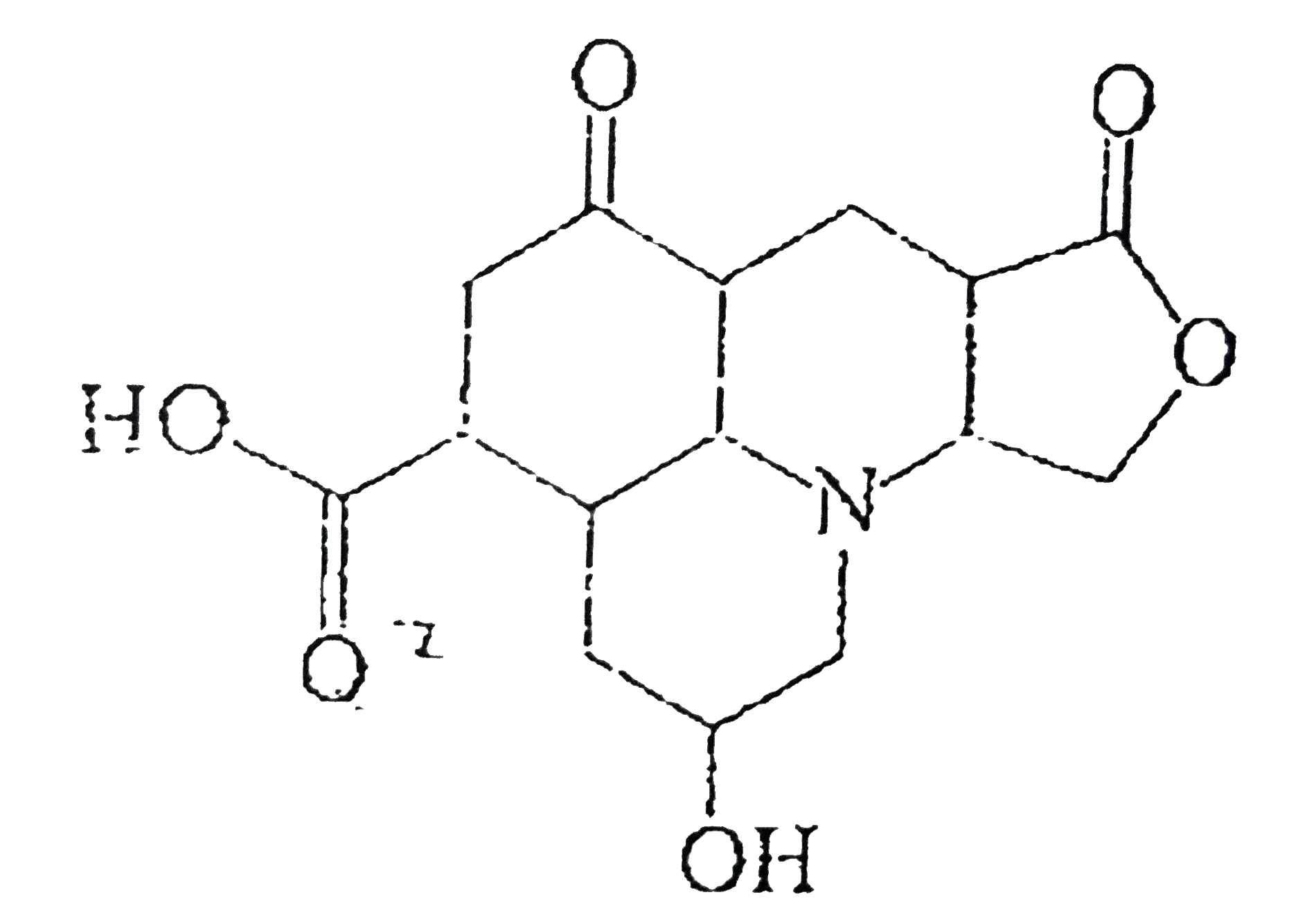On ozonolysis, an alkene (x) forms two carbonyl compounds namely butan - 2 - one and methanal. The total number of methyl groups present in alkene (x) is
The correct Answer is:2
To solve the problem, we need to determine the structure of the alkene (x) that produces butan-2-one and methanal upon ozonolysis and then count the total number of methyl groups in that alkene.
1. Understanding Ozonolysis: Ozonolysis is a reaction where an alkene reacts with ozone (O₃) to form carbonyl compounds (aldehydes or ketones). The double bond in the alkene is cleaved, and oxygen is added to form carbonyl groups.
2. Identifying the Products: The problem states that the ozonolysis of alkene (x) produces butan-2-one (a ketone) and methanal (an aldehyde).
- Butan-2-one has the structure:
CH₃−CO−CH₂−CH₃
- Methanal (formaldehyde) has the structure:
HCHO
3. Determining the Structure of Alkene (x):
- The formation of butan-2-one suggests that the alkene must have a structure that, when cleaved, leads to a carbon skeleton that can form butan-2-one.
- The presence of methanal indicates that one of the fragments must be a terminal carbon (which can only be one carbon long).
4. Constructing the Alkene:
- To produce butan-2-one and methanal, the alkene (x) must be 2-methylbut-2-ene. This alkene can be represented as:
CH₃−C(CH₃)=CH−CH₃
- When ozonolysis occurs, the double bond breaks, leading to:
- Butan-2-one from the central part of the alkene.
- Methanal from the terminal carbon.
5. Counting Methyl Groups:
- In the structure of 2-methylbut-2-ene (CH₃-C(CH₃)=CH-CH₃), we can identify the methyl groups:
- There are three methyl groups (one on the first carbon, one on the second carbon, and one on the fourth carbon).
6. Conclusion: The total number of methyl groups present in alkene (x) is 3.
Final Answer:
The total number of methyl groups present in alkene (x) is 3.
---
- Butan-2-one has the structure:
CH₃−CO−CH₂−CH₃
- Methanal (formaldehyde) has the structure:
HCHO
- The formation of butan-2-one suggests that the alkene must have a structure that, when cleaved, leads to a carbon skeleton that can form butan-2-one.
- The presence of methanal indicates that one of the fragments must be a terminal carbon (which can only be one carbon long).
- To produce butan-2-one and methanal, the alkene (x) must be 2-methylbut-2-ene. This alkene can be represented as:
CH₃−C(CH₃)=CH−CH₃
- When ozonolysis occurs, the double bond breaks, leading to:
- Butan-2-one from the central part of the alkene.
- Methanal from the terminal carbon.
- In the structure of 2-methylbut-2-ene (CH₃-C(CH₃)=CH-CH₃), we can identify the methyl groups:
- There are three methyl groups (one on the first carbon, one on the second carbon, and one on the fourth carbon).
The total number of methyl groups present in alkene (x) is 3.
Topper's Solved these Questions
Similar Questions
Knowledge Check
Ozonolysis of an alkene produces only one dicarbonyl compound . The structure of the alkene is
ACH3−CH=CH−CH3B C
C DCH3−CH=CH−CH=CH2
DCH3−CH=CH−CH=CH2Ozonolysis of an alkene produces only one dicarbonyl compound. The structure of the alkene is
ACH3−CH=CH−CH3B C
C DCH3−CH=CH−CH=CH3
DCH3−CH=CH−CH=CH3Ozonolysis of an alkene produces only one dicarbonyl compound. The structure of the alkene is
ACH3−CH=CH−CH3B C
C DCH3−CH=CH−CH=CH2
DCH3−CH=CH−CH=CH2
Total number of functional groups present in following compound:

View SolutionCalculate the total number of electrons present in one mole of methane.
View SolutionTotal number of methyl groups present in 5 - ( 1, 2 - dimethylpropyl) nonane are ____ .
View SolutionAlkenes can be converted to carbonyl compound in one step by:
View SolutionAn alkene (A) ozonolysis gives a mixture of two carbonyl compounds. Mixture on Clemmensen reduction gives just one alkane (B). (B) is the lowest lakane which in pure form can not be prepared by standard Wurtz method. (A) is
View Solution


